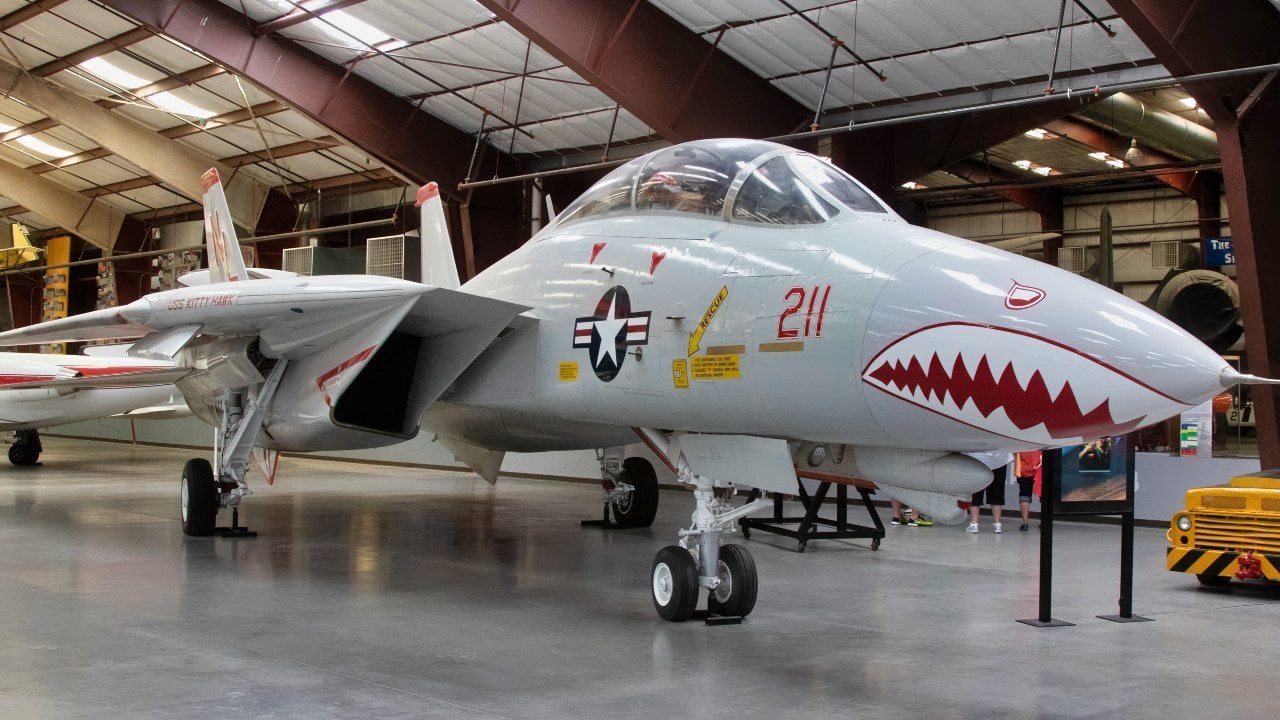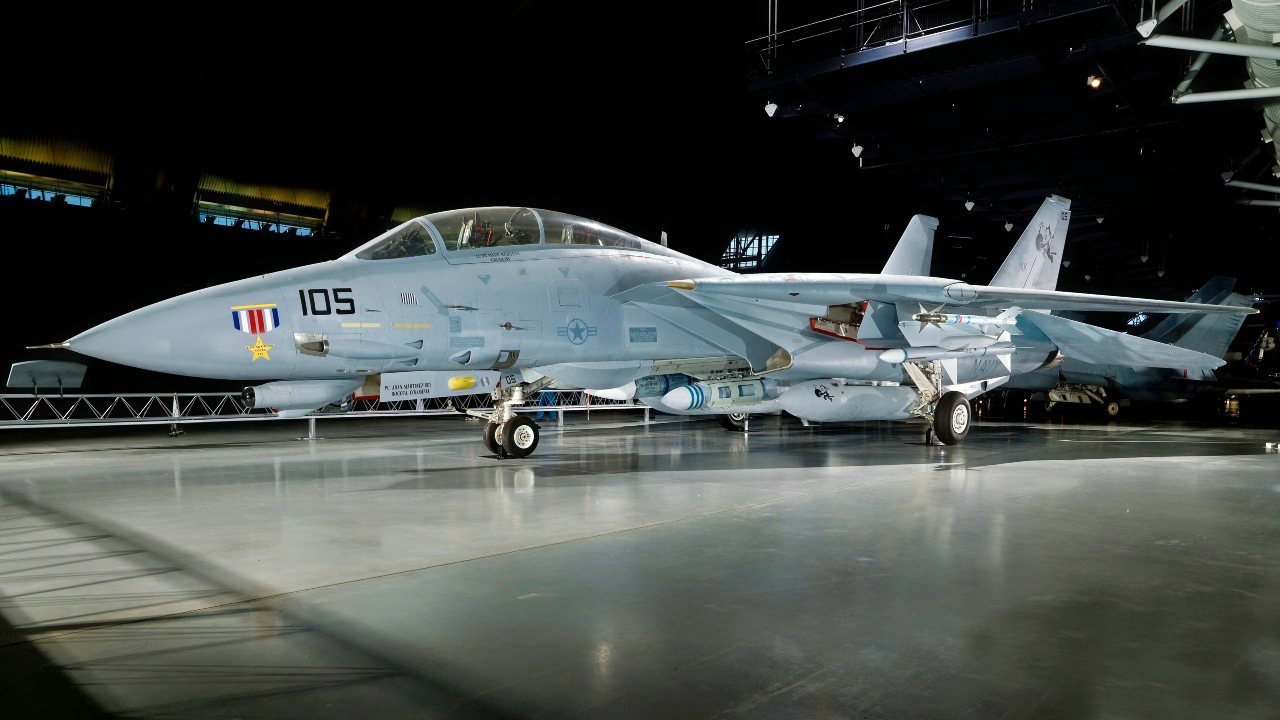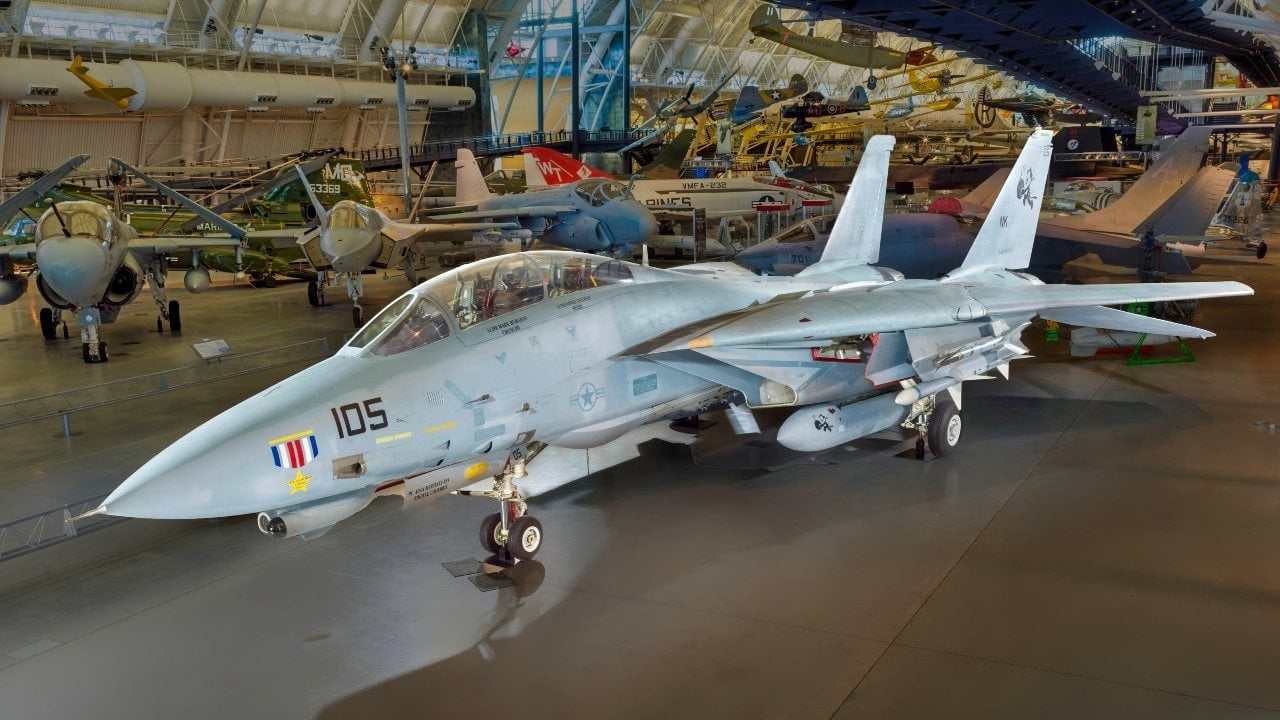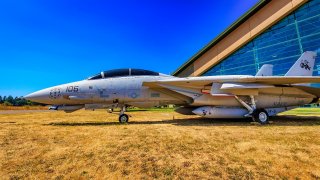Russia Almost Captured an F-14 Tomcat Like in Top Gun: Maverick
In 1976, the U.S. Navy faced a Cold War emergency when an F-14 Tomcat fell from the USS John F. Kennedy into the North Atlantic. With the Tomcat’s advanced AIM-54 Phoenix missile and AGQ-9 radar at stake, the Navy raced to locate and recover the jet before Soviet forces could reach it.
What You Need to Know: In 1976, the U.S. Navy faced a Cold War emergency when an F-14 Tomcat fell from the USS John F. Kennedy into the North Atlantic. With the Tomcat’s advanced AIM-54 Phoenix missile and AGQ-9 radar at stake, the Navy raced to locate and recover the jet before Soviet forces could reach it.

-Although Soviet attempts to interfere left the wreckage damaged and covered in suspicious fishing nets, U.S. retrieval teams eventually secured both the F-14 and its weaponry.
-This daring mission preserved vital U.S. intelligence and underscored the Cold War competition for technological superiority.
How the U.S. Navy Rescued a Lost F-14 Tomcat Before the Soviets Could Reach I
When the Northrop Grumman F-14 Tomcat fighter jet first took to the skies more than half a century ago, the platform was instantly feared by U.S. adversaries. The supersonic, twin-engine, all-weather-capable airframe is considered to be the iconic naval warplane of the 1980s.
From its top speed and large combat radius to its air superiority capabilities and armament power, the Tomcat was particularly a top concern for the Soviets amidst the Cold War. When an F-14 fell off the USS John F. Kennedy aircraft carrier in the mid-1970s, the Soviets tried to finish the job.

Ultimately, however, the Soviets were unable to recover the plane.
An Overview of the F-14 Platform
The F-14 is perhaps best recognized for its role in the blockbuster film, Top Gun. Back when the film was created, the Tomcat was arguably the most capable warplane ever constructed. The Navy first conceptualized the fighter following the Second World War, seeking out a formidable interceptor that would be better equipped to defend carrier battle groups from long-range anti-ship missiles.
Then-Secretary of Defense Robert McNamara tasked the Navy to participate in the Tactical Fighter Experimental program with the U.S. Air Force so that a single jet could fulfill the needs of both services. In the end, the Tomcat was born and would lead the Navy’s aerial fleet for years to come.
In terms of armament power, the F-14 was well-equipped. The fighter could carry long-range AIM-54 Phoenix air-to-air missiles, Sparrow missiles, and Sidewinders. Additionally, the platform featured the then-cutting edge radar system the AQG-9, which could track up to two dozen targets simultaneously and engage six at the same time with the AIM-54.

The F-14 Incident
The Tomcat’s versatility and advanced capabilities certainly put a target on the platform’s back. In 1976, one of these jets was lost over the side of the USS John F. Kennedy in the northern Atlantic. The Navy prioritized recovering the aircraft before the Soviets could get their hands on it. If the USSR had discovered the jet, the intelligence windfall that would result would have been comparable to the defection of the Soviet MiG-25 Foxbat pilot a few years prior.
Soviet engineers would have likely been able to figure out how the Phoenix system worked and other key components incorporated into the airframe.
Fortunately for the U.S. Navy, however, that situation never unfolded. As detailed by the Aviation Geek Club, “The Tomcat wreckage was located soon enough, and the NR-1 crew observed that it had indeed been thoroughly harassed by Soviet efforts, with the fuselage roughed up quite a bit and entangled in fishing nets that had no business being there, the area of Scapa Flow doesn’t have any commercial fish stocks at the depth where Kennedy’s F-14 was sitting)…At first, NR-1 couldn’t account for the AIM-54… but the missile was eventually spotted after working a grid pattern going outwards from the F-14.”
About the Author: Maya Carlin, Defense Expert
Maya Carlin, National Security Writer with The National Interest, is an analyst with the Center for Security Policy and a former Anna Sobol Levy Fellow at IDC Herzliya in Israel. She has by-lines in many publications, including The National Interest, Jerusalem Post, and Times of Israel. You can follow her on Twitter: @MayaCarlin.
Image Credit: Creative Commons and/or Shutterstock.


